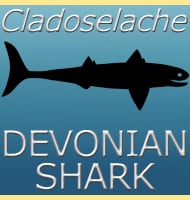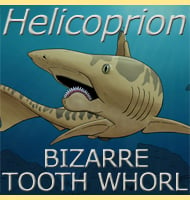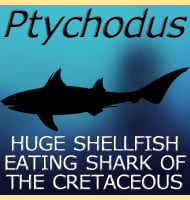Cladoselache
In Depth Cladoselache is often hailed as the first true shark form to enter the fossil record, and although Cladoselache has a number of features that are different to the sharks that we know today, you can still see a basic fusiform body plan. One thing that makes Cladoselache stand out however is the lack … Read more


